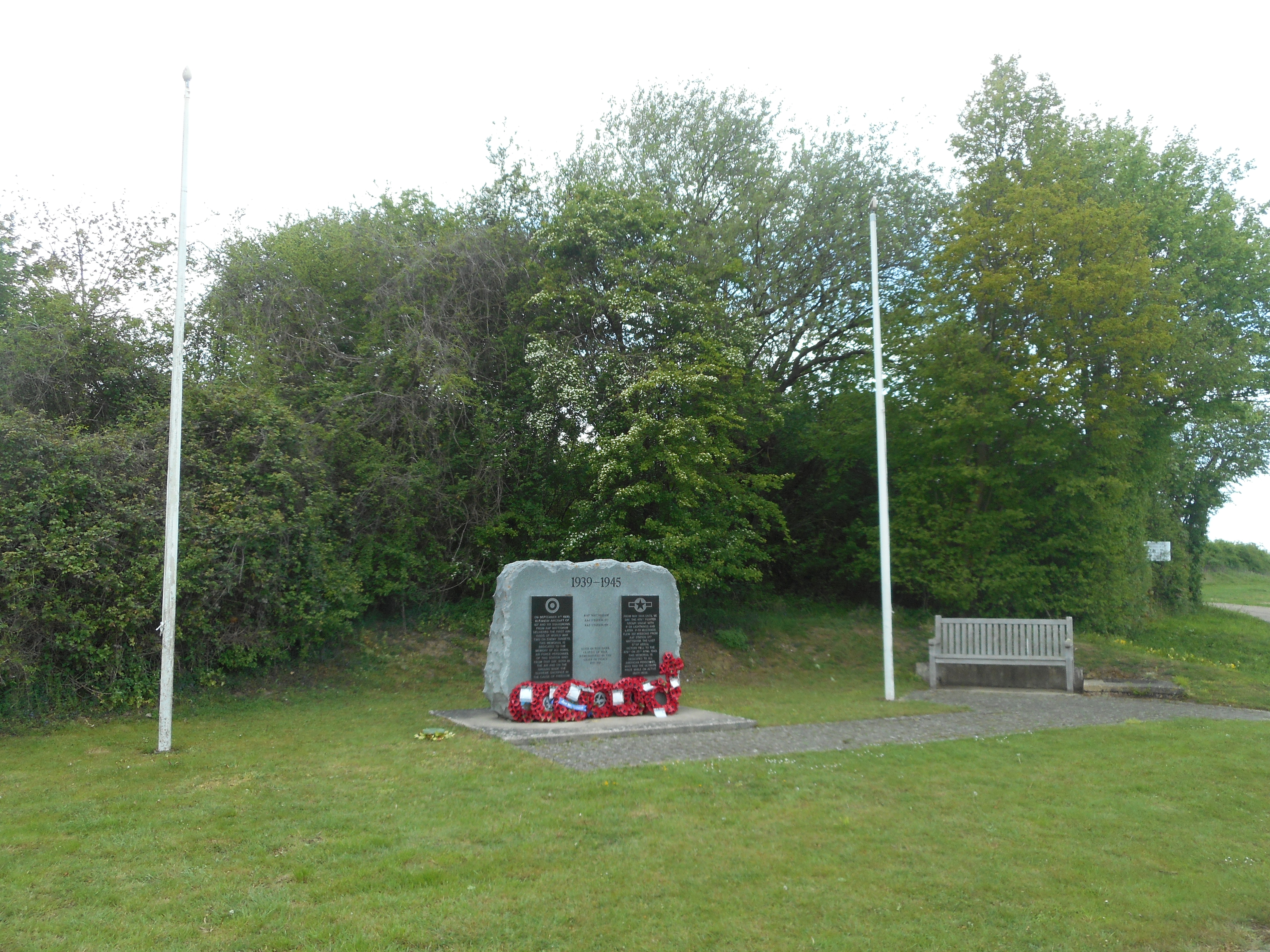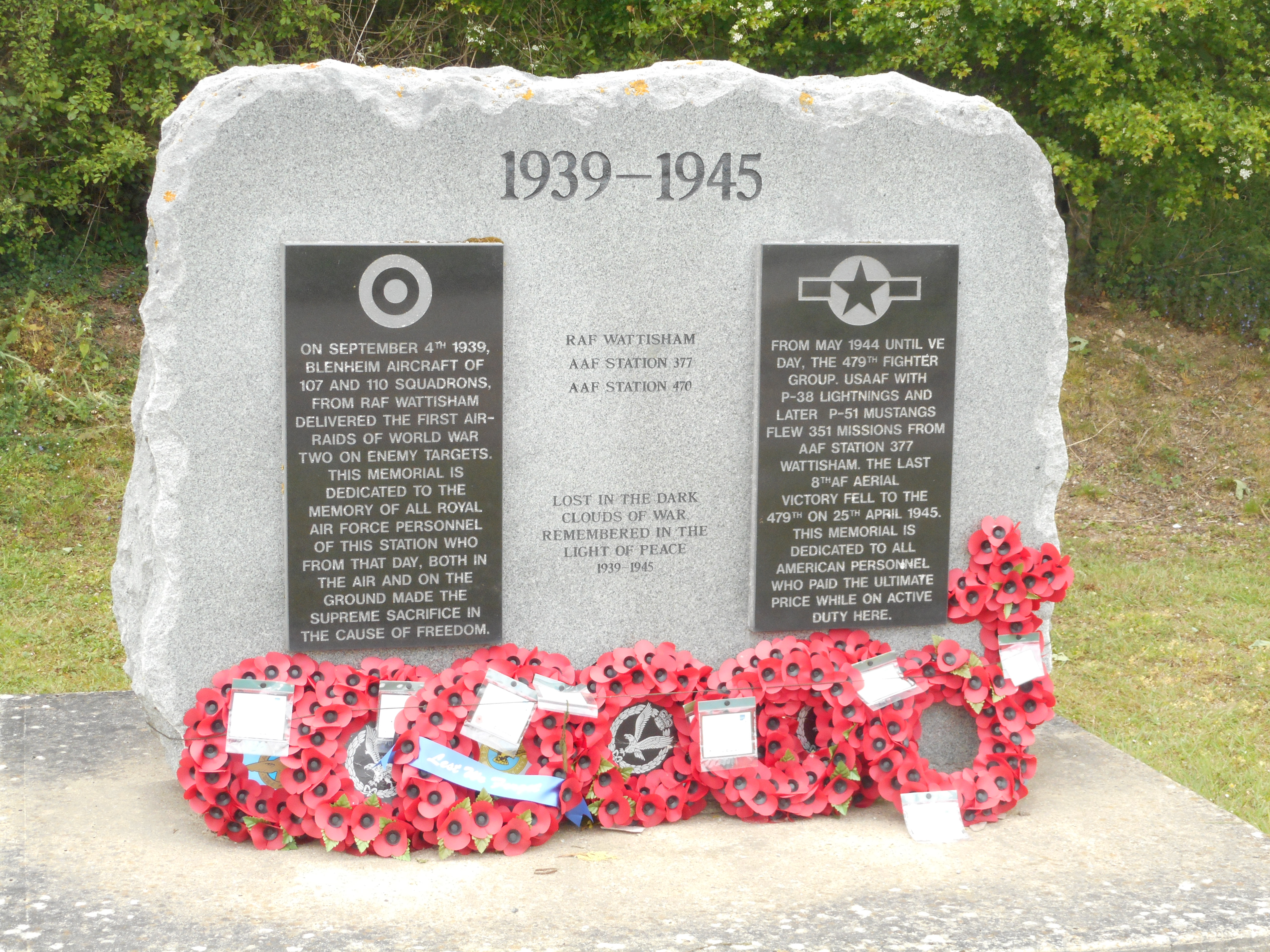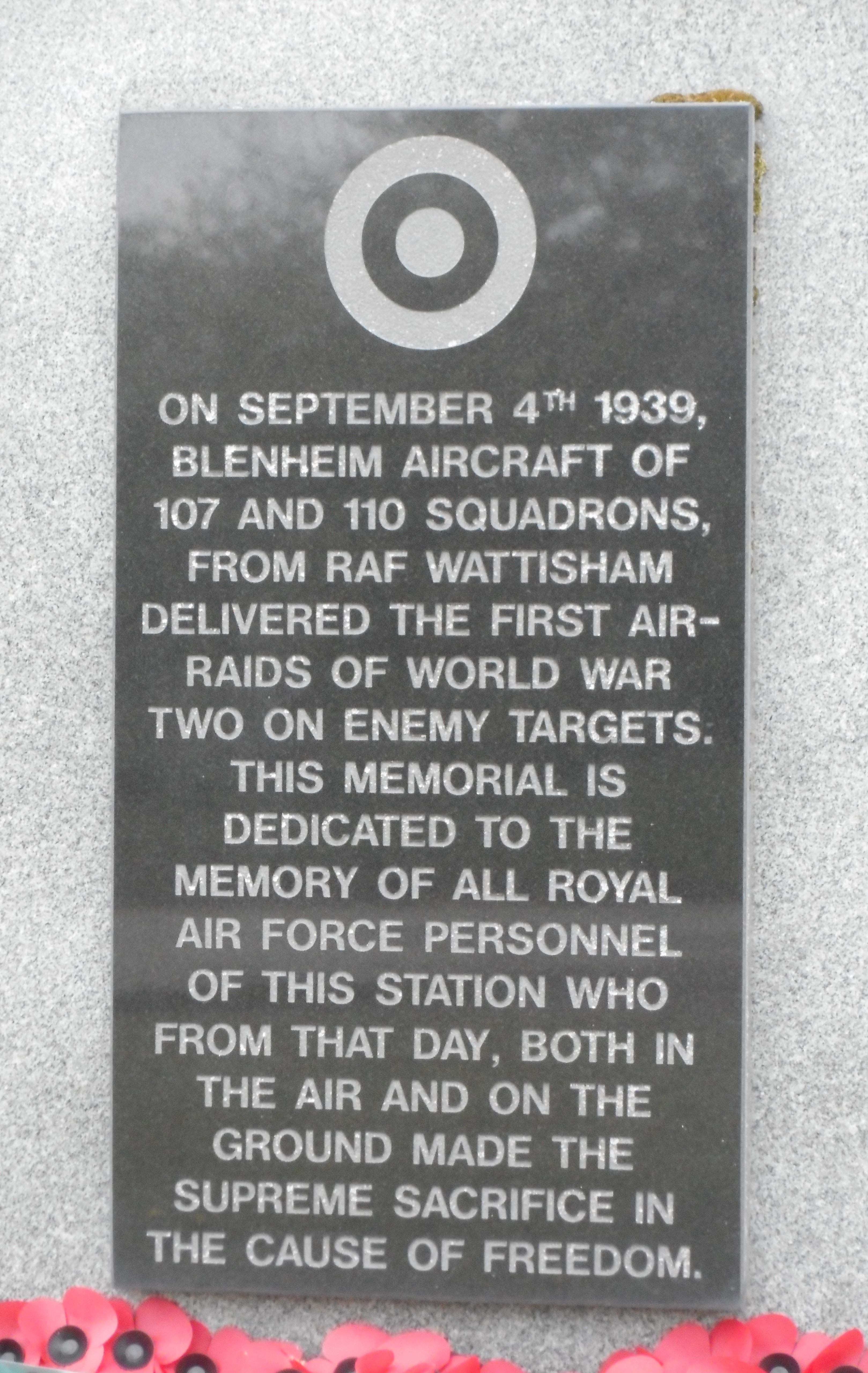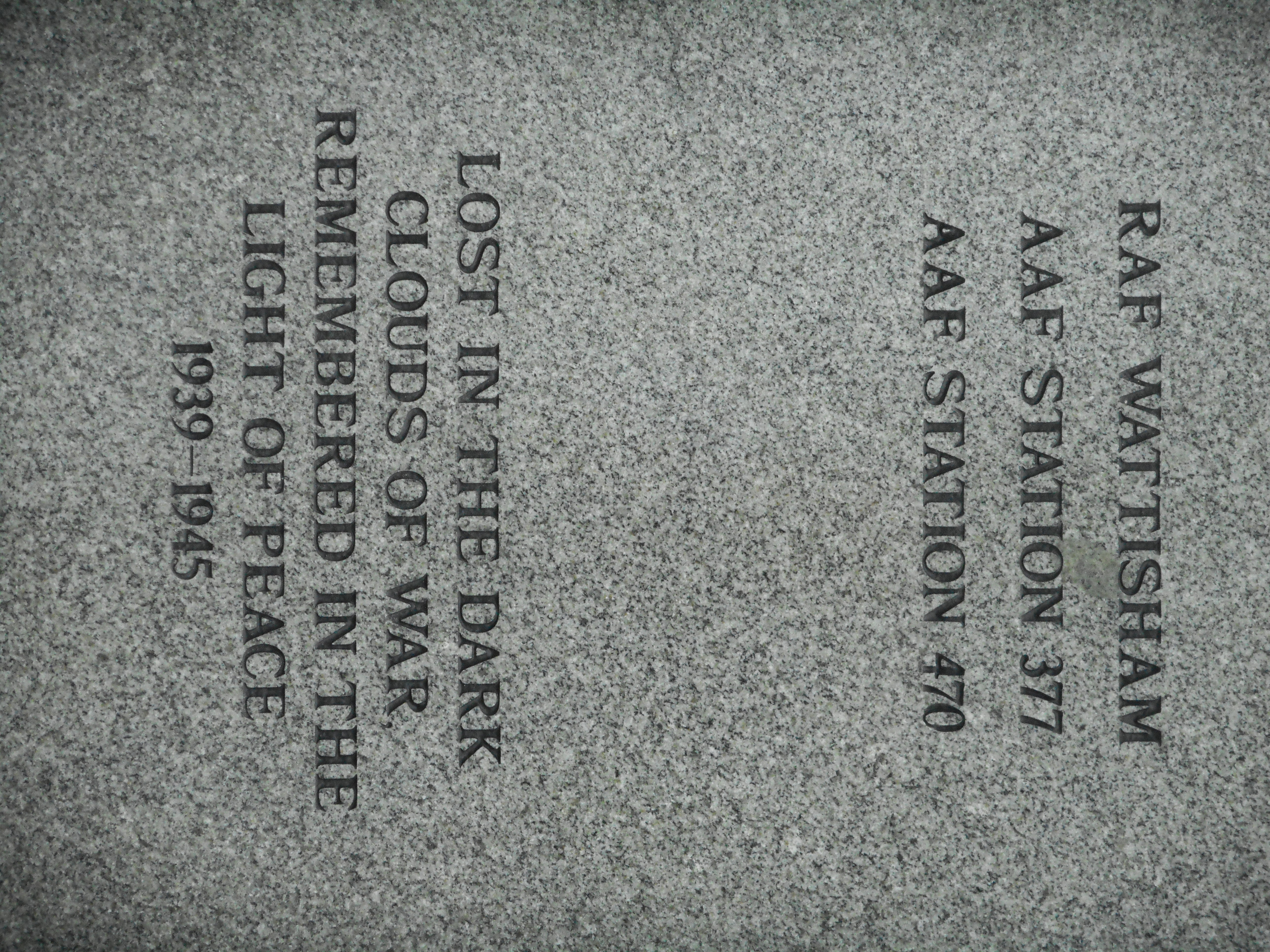| Reason for Loss |
Diss Express, 1st Nov 1940: "WEYBREAD. INQUEST ON AIRMAN. The Norwich Deputy Coroner- (Mr. G. S. Steven) on Friday investigated a collision at Brockdish between two motor cyclists on the night of October- 8th which resulted in death of Aircraftman Charles Frederick Blyth (19), of Mill House. Weybread. Blyth died later in the Not folk and Norwich Hospital. The inquest had been adjourned for the attendance of Fusilier Morton, who was riding a motor cyce combination w r hich was involved in the accident. He is still in the Norwich Hospital, suffering from fractured femur and concussion and the Coroner’s Officer (Police-constable W. Hoskins) said he was unable to make a statement and he was informed was not likely ever remember how the accident happened. Police-constable O. Overton said the road was straight for 200 yards on either side of the point of impact. He produced battered headlamp mask, which h<‘ found near the scene of the accident. In consequence of what a witness told him. he said, he examined the front lamp of Blyth’s motor-cycle and found that the bulb and wires were hanging loose. He had the bulb tested and found that one filament was broken, but the other would light. There was a red rear light on the motor cycle, which was dull and could not be seen from any distance. Mr. J. Betts (Messrs. Hill Perks), who represented an interested party, said Blyth had taken possession of the machine the same evening from a Harleston garage, having exchanged another for it. Lance-corporal G. E. Hare, of the Royal Scots Fusiliers attached to a reconnaissance group, said he was riding a motor cycle, followed by Fusilier Morton, on a motor cycle combination, and Corporal Mason on a solo machine. Just before reaching Brockdish he saw a dark object in the middle of the road, and just before meeting it saw it was a solo motor cycle being ridden without front light. looked back and saw it collide with the combination ridden by Morton. Witness was travelling at between 25 and miles an hour. Asked Blyth’s speed. Hare said it was difficult to judge but he thought it was about 40 miles an hour. Both this witness and Corporal Mason said the accident occurred on the middle the road. The Coroner recorded a verdict of Accidental death.” |



